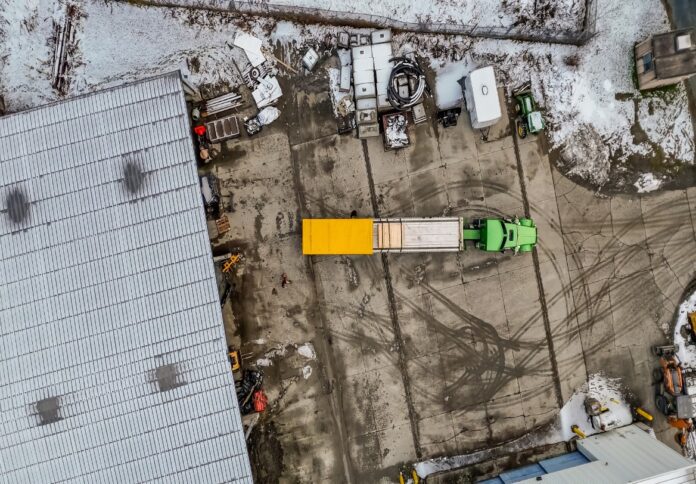
Melbourne-based metal additive manufacturing company SPEE3D has demonstrated the capabilities of its XSPEE3D printer in extreme cold environments as part of the US Department of Defence (DOD) Point of Need Manufacturing Challenge.
The technology proved it could produce metal parts with material properties comparable to those manufactured in controlled laboratory settings, even under sub-zero conditions, the company said in a media release.
SPEE3D participated in the challenge alongside partners from the New Jersey Institute of Technology COMET Project and Philips Federal.
The initiative, overseen by the Office of the Secretary of Defense Manufacturing Technology, aimed to evaluate expeditionary manufacturing solutions for battlefield applications in harsh environments.
Managed by LIFT, a Detroit-based DOD Manufacturing Innovation Institute, the program assessed technologies that address critical supply chain gaps and enable warfighters to fabricate equipment on demand.
The XSPEE3D system demonstrated its potential to meet the DOD’s objectives by operating in a cold weather environment and producing large metal components suitable for battle damage repair.
Byron Kennedy, CEO of SPEE3D, highlighted the technology’s versatility, stating, “The positive results of the Point of Need Challenge demonstrate that the XSPEE3D can print metal parts from anywhere – and in any weather conditions – with the same successful outcomes.”
Previously, SPEE3D showcased its technology’s adaptability in partnership with the Australian Army, where it operated in the rugged, hot conditions of the Australian bush.
This latest achievement underscores the system’s utility across diverse and extreme environments, from arid landscapes to freezing climates.
The Cold Regions Research and Engineering Laboratory (CRREL) in Hanover, New Hampshire, hosted the Point of Need challenge in late 2023.
The program emphasised solutions that maintain military effectiveness in extreme temperatures and ensure critical manufacturing capabilities remain accessible in austere settings.
Noel Mack, chief technology officer at LIFT, praised the challenge’s outcomes, noting, “The Point of Need challenge winners have proven to be champions of research and innovation and are helping drive the United States military’s technological advantage through the latest in advanced materials and manufacturing process technologies.”
Mack added that SPEE3D’s work demonstrates that the technology to support military missions is not only available but can also be deployed where it is needed most.

















